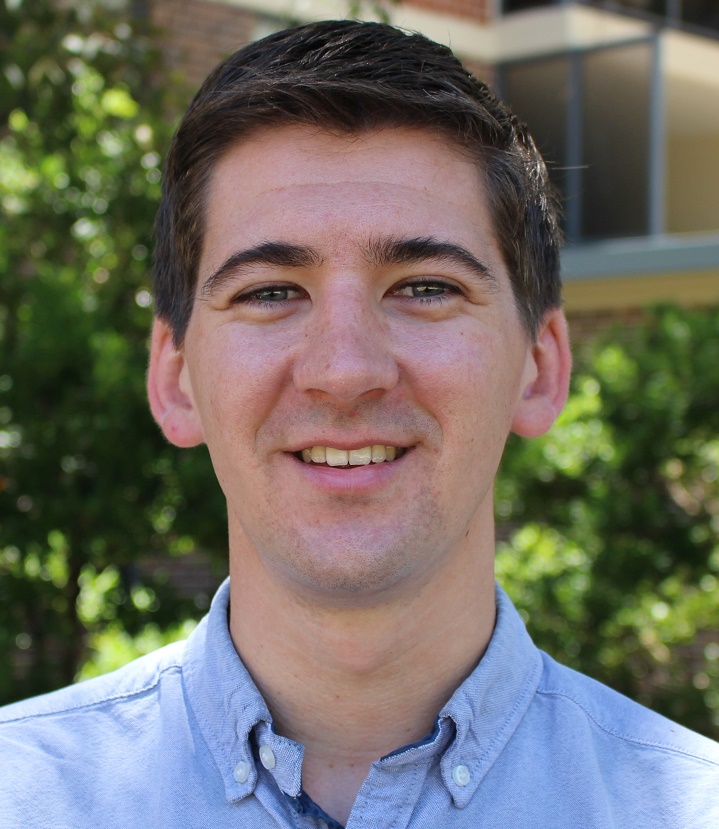All-virtual CLEO: is this part of the ‘new normal’?
All-virtual CLEO: is this part of the ‘new normal’?
Robert Woodward, OSA Ambassador, Toshiba Europe Ltd, United Kingdom
The all-virtual 2020 Conference on Lasers and Electro-optic (CLEO) 18-22 May succeeded on many levels, erasing my doubts that such a meeting could take place via videoconferencing. The current global pandemic certainly presents major challenges to the way we live and work, but the impressively quick restructuring of CLEO 2020 from an event in San Jose, CA, U.S.A. to an all-virtual online meet-up of nearly 20,000 people should be regarded as a huge accomplishment. Furthermore, I was able to participate without even leaving my home.

Having attended CLEO many times, I was initially skeptical that a virtual event could work for a conference of this size and vast technical scope. However, my concerns were allayed and expectations greatly exceeded after just the first session: after logging on, we were greeted by a session chair, who smoothly introduced each speaker and their slides, often with both displayed on-screen so it felt like you were actually watching them. While watching on a computer screen lacked the hubbub of a packed conference theatre, the flurry of questions entered into the chat while talks progressed, which were then posed to the speaker at the end, did make you feel part of something ‘live’.
As one of the main reasons for attending a conference is to listen and learn, I’d argue that the all-virtual format actually offers advantages here: talks were recorded and can be re-watched on demand, even rewound and paused to double-check important details. I also liked the fact that speakers were encouraged to answer all questions they received, using the text chat feature when time didn’t permit ‘on air’ answers. The virtual format even solved the dilemma of having to choose between talks in concurrent sessions, not to mention the familiar irritation of leaving one room for another session, only to arrive as the speaker delivers their concluding slide! With an all-virtual format, the 5-minute trek between different sessions is replaced by a simple click. Or if you’re busy at that time, a click on the recorded session at your leisure.
That said, I did feel like something was missing at the end of each session, which concluded with a Zoom disconnect notice, rather than a lively coffee break or conversation with an old friend you've just bumped into. As science is an inherently global pursuit, conferences are often a social highlight, as well as a professional one, offering a unique opportunity to catch up with colleagues across the world. The history of science is also full of stories of major breakthroughs germinating from serendipitous conversations over a coffee (or glass or two of wine), and this interaction hasn’t yet transferred to an effective digital platform. This does suggest, however, that there are also great opportunities for innovation here in future conferences, exploring new 21st century approaches to scientific discourse and community engagement.
Overall, CLEO 2020 is certainly a major milestone for the optics community and showcased that all-virtual conferences can be a highly effective platform. It is pleasing to note that The Optical Society (OSA) is not alone in exploring ways to connect optical scientists online: the first Photonics Online Meetup was held earlier this year, which proved very successful, with another such Meetup scheduled for later this year. As we move to find a ‘new normal’ in our working lives, I hope such virtual events will continue to feature, ultimately complementing the more traditional in-person engagement and where the removal of factors such as travel, visas and time away from family make such events more widely accessible. Whatever challenges we may face over the coming months and years, I’m confident that the dynamic and diverse optics and photonics community will continue to find ways to come together to advance the science of light.
